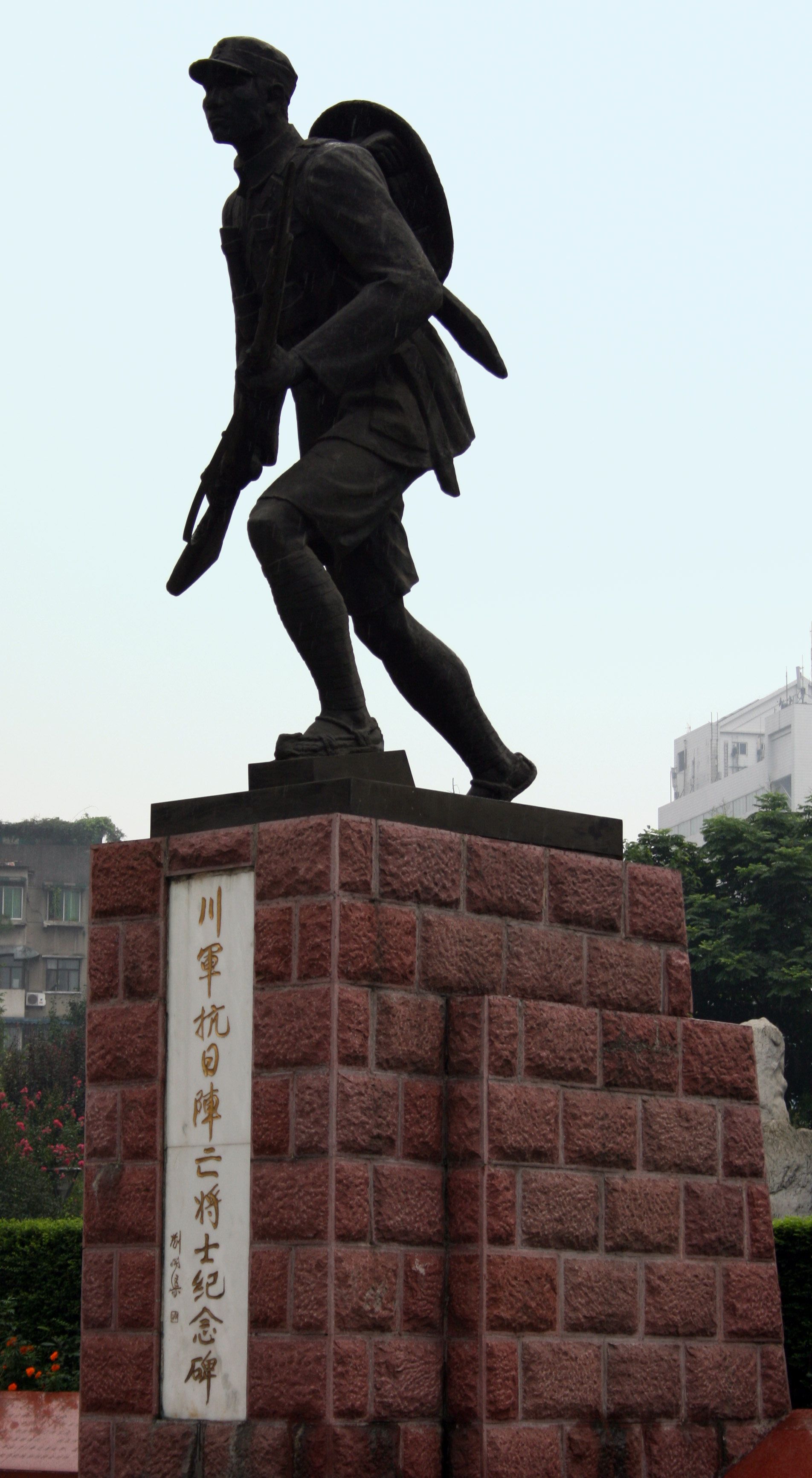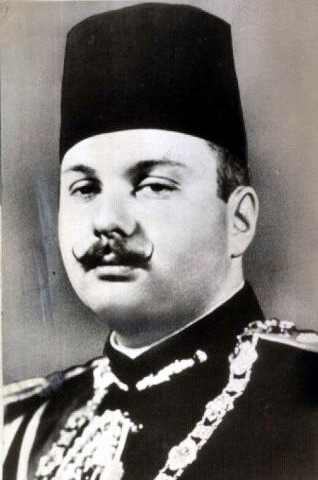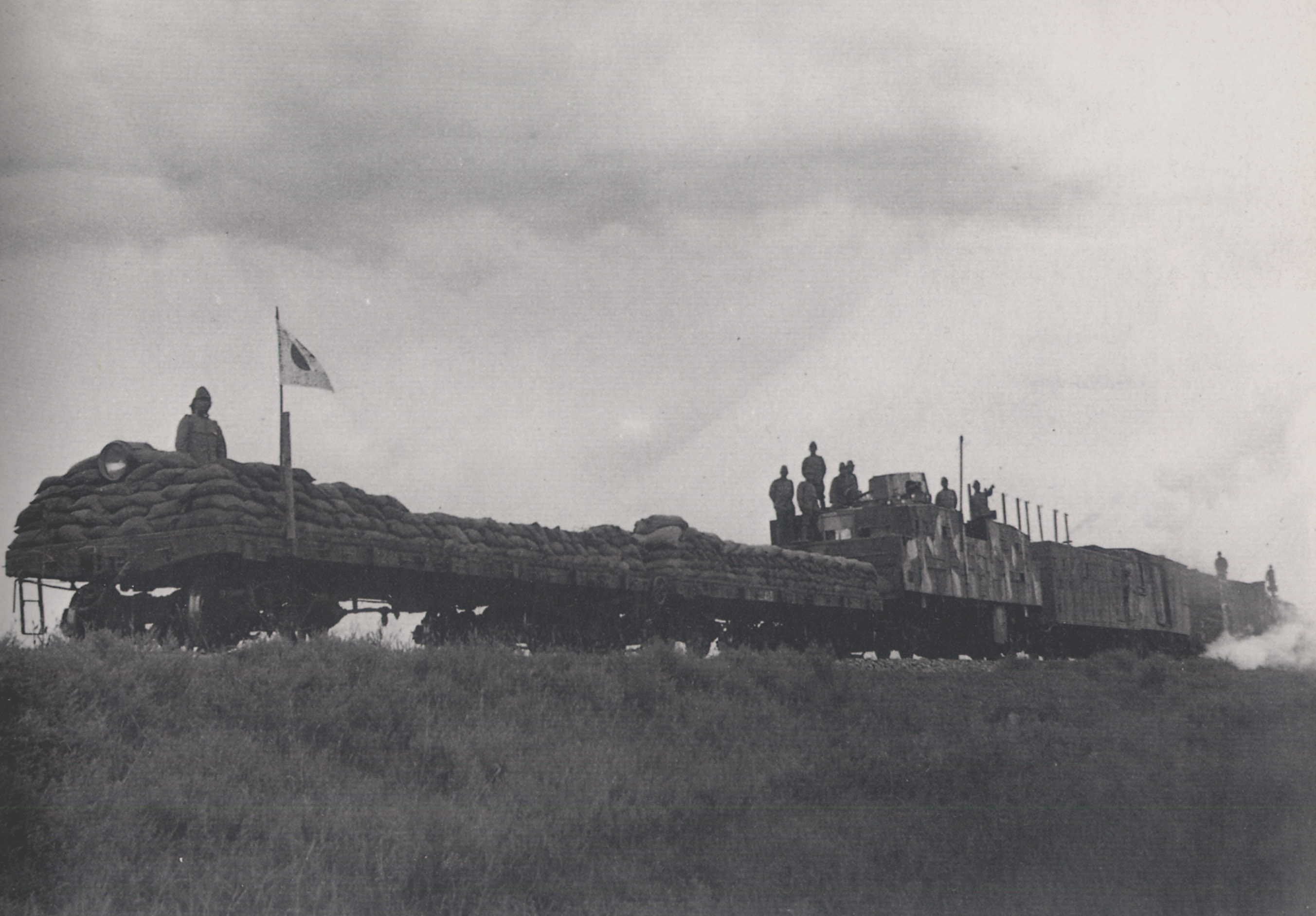|
Wang Mingzhang
Wang Mingzhang (; 4 July 1893 – 14 March 1938), courtesy name Zhizhong (之鐘), was a Chinese general of the National Revolutionary Army during the Second Sino-Japanese War. Biography Born in Xindu County (modern-day Xindu District, Chengdu), Sichuan, Wang Mingzhang entered the Sichuan Army Elementary School in 1911 and the Army Middle School in Nanjing in 1912. Afterwards, he returned to Sichuan to enter the Sichuan Military Academy, and after he graduated in 1914 successively held the commands of a platoon, company, battalion, regiment, and brigade. He was involved in the various conflicts between the Sichuan clique warlords during the Warlord Era. In 1933 was appointed division commander. After the beginning of the Second Sino-Japanese War The Second Sino-Japanese War was fought between the Republic of China (1912–1949), Republic of China and the Empire of Japan between 1937 and 1945, following a period of war localized to Manchuria that started in 1931. It is cons ... [...More Info...] [...Related Items...] OR: [Wikipedia] [Google] [Baidu] |
National Revolutionary Army
The National Revolutionary Army (NRA; zh, labels=no, t=國民革命軍) served as the military arm of the Kuomintang, Chinese Nationalist Party (Kuomintang, or KMT) from 1924 until 1947. From 1928, it functioned as the regular army, de facto national armed forces of the Nationalist government, Republic of China during the period of Nationalist rule. Following the promulgation of the Constitution of the Republic of China, 1947 Constitution — which established civilian control of the military, civilian control over the military on a de jure basis — it was formally reorganised as the Republic of China Armed Forces. Initially formed from Constitutional Protection Junta, pro-nationalist faction troops after 1917, with assistance from the Soviet Union, the NRA was created as an instrument for the Nationalist government to unify China during the Warlord Era. It went on to fight major military conflicts, including the Northern Expedition against the Beiyang warlords, the encirclem ... [...More Info...] [...Related Items...] OR: [Wikipedia] [Google] [Baidu] |
Sichuan Clique
The Sichuan clique () was a group of warlords in the warlord era in China. During the period from 1927 to 1938, Sichuan was in the hands of six warlords: Liu Wenhui, Liu Xiang (warlord), Liu Xiang, Yang Sen (1884–1977), Yang Sen, Deng Xihou, He Zhaode, and Tian Songyao, with minor forces being Xiong Kewu and Lü Chao. Introduction After the 1911 Revolution, Qing dynasty's collapse, not one warlord had enough power to take on all the others at once, so many small battles occurred, pitting one warlord against another. The Sichuan Clique was divided into smaller warlord groups, or Defense Zones, separated from each other with distinct military, political, and economic boundaries. Large conflicts seldom developed, plotting and skirmishing characterized the Sichuanese political scene, and ephemeral coalitions and counter-coalitions emerged and vanished with equal rapidity. However, Liu Xiang was the most influential of the Sichuan warlords. He controlled Chongqing and its surrou ... [...More Info...] [...Related Items...] OR: [Wikipedia] [Google] [Baidu] |
Chinese Military Personnel Killed In World War II
Chinese may refer to: * Something related to China * Chinese people, people identified with China, through nationality, citizenship, and/or ethnicity **Han Chinese, East Asian ethnic group native to China. **''Zhonghua minzu'', the supra-ethnic concept of the Chinese nation ** List of ethnic groups in China, people of various ethnicities in contemporary China ** Ethnic minorities in China, people of non-Han Chinese ethnicities in modern China ** Ethnic groups in Chinese history, people of various ethnicities in historical China ** Nationals of the People's Republic of China ** Nationals of the Republic of China ** Overseas Chinese, Chinese people residing outside the territories of mainland China, Hong Kong, Macau, and Taiwan * Sinitic languages, the major branch of the Sino-Tibetan language family ** Chinese language, a group of related languages spoken predominantly in China, sharing a written script (Chinese characters in traditional and simplified forms) *** Standard Chine ... [...More Info...] [...Related Items...] OR: [Wikipedia] [Google] [Baidu] |
1938 Deaths
Events January * January 1 – state-owned enterprise, State-owned railway networks are created by merger, in France (SNCF) and the Netherlands (Nederlandse Spoorwegen – NS). * January 20 – King Farouk of Egypt marries Safinaz Zulficar, who becomes Farida of Egypt, Queen Farida, in Cairo. * January 27 – The Honeymoon Bridge (Niagara Falls), Honeymoon Bridge at Niagara Falls, New York, collapses as a result of an ice jam. February * February 4 ** Adolf Hitler abolishes the War Ministry and creates the Oberkommando der Wehrmacht (High Command of the Armed Forces), giving him direct control of the German military. In addition, he dismisses political and military leaders considered unsympathetic to his philosophy or policies. General Werner von Fritsch is forced to resign as Commander of Chief of the German Army following accusations of homosexuality, and replaced by General Walther von Brauchitsch. Foreign Minister Baron Konstantin von Neurath is dismi ... [...More Info...] [...Related Items...] OR: [Wikipedia] [Google] [Baidu] |
1893 Births
Events January * January 2 – Webb C. Ball introduces railroad chronometers, which become the general railroad timepiece standards in North America. * January 6 – The Washington National Cathedral is chartered by Congress; the charter is signed by President Benjamin Harrison. * January 13 ** The Independent Labour Party of the United Kingdom has its first meeting. ** U.S. Marines from the ''USS Boston'' land in Honolulu, Hawaii, to prevent the queen from abrogating the Bayonet Constitution. * January 15 – The '' Telefon Hírmondó'' service starts with around 60 subscribers, in Budapest. * January 17 – Overthrow of the Kingdom of Hawaii: Lorrin A. Thurston and the Citizen's Committee of Public Safety in Hawaii, with the intervention of the United States Marine Corps, overthrow the government of Queen Liliuokalani. * January 21 – The Tati Concessions Land, formerly part of Matabeleland, is formally annexed to the Bechuanaland Protec ... [...More Info...] [...Related Items...] OR: [Wikipedia] [Google] [Baidu] |
Battle Of Taierzhuang
The Battle of Taierzhuang ( zh, t=, p=Tái'érzhuāng Huìzhàn) took place during the Second Sino-Japanese War in 1938. It was fought between the armies of the Republic of China and the Empire of Japan in the peak of the Xuzhou Campaign. The battle was the war's first major Chinese victory. It humiliated the Japanese military and its reputation as an invincible force; for the Chinese, it represented a tremendous morale boost. The battle was characterized by vicious close quarters combat. The cramped conditions of urban warfare Urban warfare is warfare in urban areas such as towns and cities. Urban combat differs from combat in the open at both Military operation, operational and the Military tactics, tactical levels. Complicating factors in urban warfare include the p ... neutralized Japanese advantages in cannon and heavy artillery. In these circumstances, the Chinese were able to fight the Japanese as equals. Unlike previous engagements, the Chinese managed to resupply the ... [...More Info...] [...Related Items...] OR: [Wikipedia] [Google] [Baidu] |
Tengzhou
Tengzhou () is a county-level city of Zaozhuang, Shandong province of the People's Republic of China, and is the site of the feudal vassal State of Teng during the Spring and Autumn period. Tengzhou was likely the birthplace of the philosopher Mozi, and the city hosts the Mozi Memorial Hall () to commemorate him. The mayor of Tengzhou is Liu Wenqiang, and the Tengzhou Party Committee Secretary is Shao Shiguan. Tengzhou has an area of , and a population of 1,756,300 as of 2019. As of the end of 2022, the resident population of Tengzhou was 1,553,200. History The settlement of Tengzhou is said to date back to the Yellow Emperor. After the collapse of the Shang dynasty, present-day Tengzhou became the center of the independent Teng state. Eventually, it was conquered by the Qin state. Upon the reunification of the region, the region became incorporated as Teng County (). It remained as Teng County until the Jin Dynasty, when it became the Tengyang Prefecture (). The pr ... [...More Info...] [...Related Items...] OR: [Wikipedia] [Google] [Baidu] |
Battle Of Xuzhou
A battle is an occurrence of combat in warfare between opposing military units of any number or size. A war usually consists of multiple battles. In general, a battle is a military engagement that is well defined in duration, area, and force commitment. An engagement with only limited commitment between the forces and without decisive results is sometimes called a skirmish. The word "battle" can also be used infrequently to refer to an entire operational campaign, although this usage greatly diverges from its conventional or customary meaning. Generally, the word "battle" is used for such campaigns if referring to a protracted combat encounter in which either one or both of the combatants had the same methods, resources, and strategic objectives throughout the encounter. Some prominent examples of this would be the Battle of the Atlantic, Battle of Britain, and the Battle of France, all in World War II. Wars and military campaigns are guided by military strategy, whereas ... [...More Info...] [...Related Items...] OR: [Wikipedia] [Google] [Baidu] |
Warlord Era
The Warlord Era was the period in the history of the Republic of China between 1916 and 1928, when control of the country was divided between rival Warlord, military cliques of the Beiyang Army and other regional factions. It began after the death of Yuan Shikai, the President of the Republic of China, President of China after the Xinhai Revolution had overthrown the Qing dynasty and established the Republic of China (1912–1949), Republic of China in 1912. Yuan's death on 6 June 1916 created a power vacuum which was filled by Warlord, military strongmen and widespread violence, chaos, and oppression. The Nationalist Kuomintang (KMT) government of Sun Yat-sen, based in Guangzhou, began to contest Yuan's Beiyang government based in Beijing for recognition as the legitimate government of China. The most powerful cliques were the Zhili clique led by Feng Guozhang, who controlled several northern provinces; the Anhui clique led by Duan Qirui, based in several southeastern provinces ... [...More Info...] [...Related Items...] OR: [Wikipedia] [Google] [Baidu] |
Warlord
Warlords are individuals who exercise military, Economy, economic, and Politics, political control over a region, often one State collapse, without a strong central or national government, typically through informal control over Militia, local armed forces. Warlords have existed throughout much of history, albeit in a variety of different capacities within the political, economic, and social structure of State (polity), states or Anarchy, ungoverned territories. The term is often applied in the context of China around the end of the Qing dynasty, especially during the Warlord Era. The term may also be used for a General officer, supreme military leader. Historical origins and etymology The first appearance of the word "warlord" dates to 1856, when used by American philosopher and poet Ralph Waldo Emerson in a highly critical essay on the aristocracy in England, "Piracy and war gave place to trade, politics and letters; the war-lords'' to the law-lord; the privilege was kept, ... [...More Info...] [...Related Items...] OR: [Wikipedia] [Google] [Baidu] |
Brigade
A brigade is a major tactical military unit, military formation that typically comprises three to six battalions plus supporting elements. It is roughly equivalent to an enlarged or reinforced regiment. Two or more brigades may constitute a Division (military), division. Brigades formed into divisions are usually infantry or armored (sometimes referred to as combined arms brigades). In addition to combat units, they may include combat support units or sub-units, such as artillery and engineers, and logistic units. Historically, such brigades have been called brigade-groups. On operations, a brigade may comprise both organic elements and attached elements, including some temporarily attached for a specific task. Brigades may also be specialized and comprise battalions of a single branch, for example cavalry, mechanized, armored, artillery, air defence, aviation, engineers, signals or logistic. Some brigades are classified as independent or separate and operate independentl ... [...More Info...] [...Related Items...] OR: [Wikipedia] [Google] [Baidu] |
Second Sino-Japanese War
The Second Sino-Japanese War was fought between the Republic of China (1912–1949), Republic of China and the Empire of Japan between 1937 and 1945, following a period of war localized to Manchuria that started in 1931. It is considered part of World War II, and often regarded as the beginning of World WarII in Asia. It was the largest Asian war in the 20th century and has been described as The Asian Holocaust, in reference to the scale of Japanese war crimes against Chinese civilians. It is known in China as the War of Resistance against Japanese Aggression. On 18 September 1931, the Japanese staged the Mukden incident, a false flag event fabricated to justify their Japanese invasion of Manchuria, invasion of Manchuria and establishment of the puppet state of Manchukuo. This is sometimes marked as the beginning of the war. From 1931 to 1937, China and Japan engaged in skirmishes, including January 28 incident, in Shanghai and in Northern China. Chinese Nationalist and C ... [...More Info...] [...Related Items...] OR: [Wikipedia] [Google] [Baidu] |









